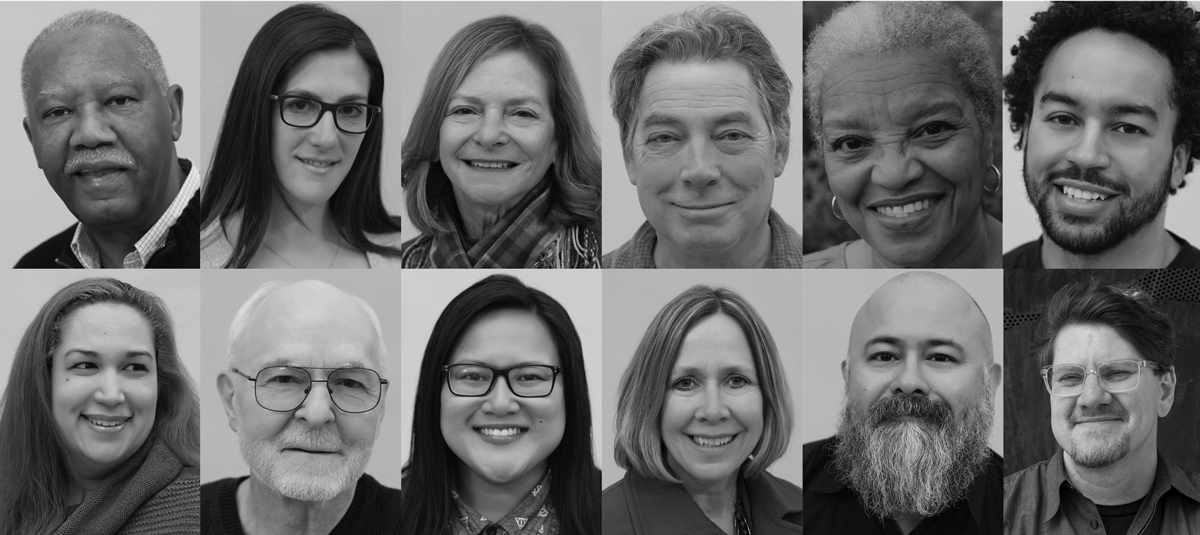
The Center for Urban and Regional Affairs (CURA) developed their qualitative research team to demonstrate the value of shared meaning making with local community members experiencing the day-to-day realities of urban restructuring. In addition to using quantitative indices to determine which portions of the Twin Cities are gentrifying or have gentrified, we interviewed local public officials, neighborhood leaders, and everyday residents to examine how people are experiencing gentrification. This mixed methodological approach was used because quantitative data assumes a fixed and measurable reality, it aims to control for anomalies or difference whereas qualitative data assumes a dynamic and negotiated set of realities giving individuals the chance to share how they feel or live a reality helping us to gain a deeper understanding of why and how something impacts people the way that it does. Being that all major development and investment decisions are made by everyday people, we must account for how everyday people are understanding the changes either happening to them or with them at the table.
The debate surrounding gentrification is a nuanced one as a multitude of competing interests converge to inform how we see and experience neighborhood change. Our qualitative research approach invites community members to embrace what their situated knowledges[1] tell them about what development values are guiding the changes they are seeing around them and what impact it has had or will have on their lives.
Project Aims:
- To assess whether or not quantitative indices of gentrification match resident perception
- To analyze how local residents from a broad range of demographic realities (i.e., homeowner, business owner, renter, and long term residents (10+ years)) are defining, experiencing, and identifying the slow processes of a gentrifying neighborhood
Project Methodology:
How were the five neighborhood cluster areas chosen for a deeper set of residential qualitative interviews?
- We identified neighborhoods in the Twin Cities that were classified as neighborhoods that have gentrified by cross analyzing both our quantitative indices and our initial interviews with local public officials and neighborhood leaders.
- We excluded those neighborhoods that we identified from the quantitative indices that highlighted a small or partial section of a larger neighborhood not adjacent to or within a historic low-income community of color.
- We integrated the initial interviews to help us identify neighborhoods that did not fall within the quantitatively identified areas to then determine, based on the history and demographic realities of that neighborhood, if it should be included into the larger project.
How did we choose the participants who were interviewed?
- CURA community partners recommended residential stakeholders in each of the five cluster neighborhoods for initial interviews.
- The qualitative team used a purposive, snowball sampling strategy that included asking participants to identify the key community stakeholders who it would be beneficial to interview.
- All identified stakeholders were invited to complete an intake form to participate in the study.
- To obtain a diverse group of participants, the research team sampled for maximum variation across four stakeholder groups: renters, homeowners, long-term residents (10+ years) and business owners.
Next Steps: (Late Summer/Early Fall 2018)
- Conduct 5 policy focused forums in each cluster area with key stakeholders to discuss their insights/recommendations they believe should be used to address the trends discovered in CURAs research findings
[1] Situated knowledges are ways of viewing and reading the world that is specific to a certain group based experience. The ways that our various categories of identity (race, class, gender, etc.,) influence the type of knowledge claims that we might make, is important. As such, positionality is relational, which means that the context of understanding any one event or phenomena is always shifting from our own respective realities. Our social location, how we individually experience the world, because of our various identity characteristics and how they are read on our bodies, influences how we live in and see the world.
Map tips:
- Click the Info icon for a legend and information about the map
- Click on an area of the map to see information about that area
- Click the Home icon to return to the map's original extent